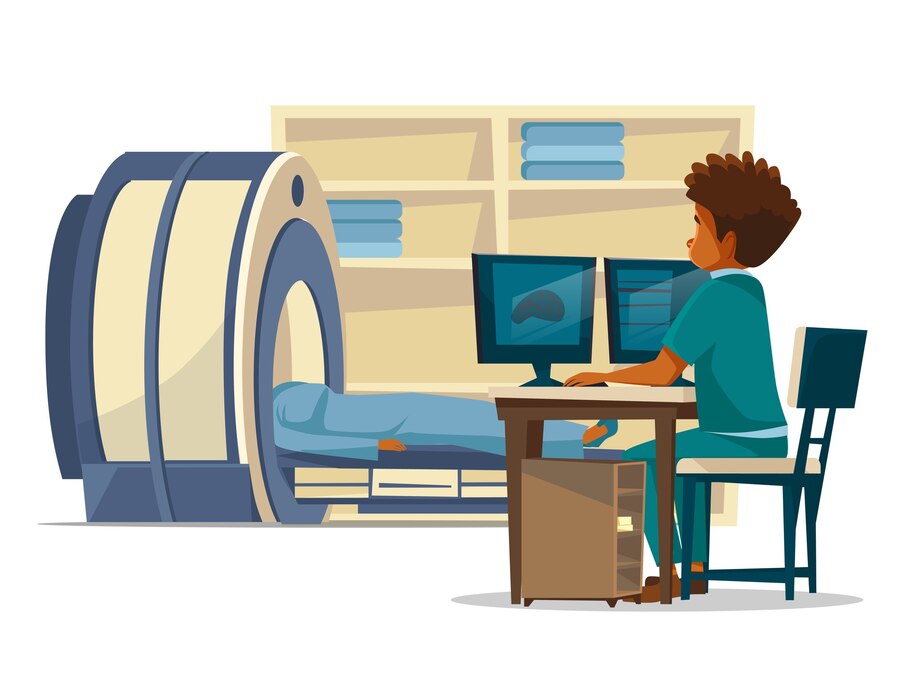Artificial intelligence (AI) is transforming the field of radiology, offering new ways to analyze medical images, improve diagnostic accuracy, and streamline workflows. By leveraging AI, radiologists can provide better patient care and make more informed clinical decisions.
Applications of AI in Radiology
-
Image Analysis: AI algorithms can analyze medical images, such as X-rays, CT scans, and MRIs, with high accuracy. These algorithms can detect abnormalities, measure organ sizes, and identify patterns that might be missed by the human eye.
-
Workflow Optimization: AI can prioritize cases based on urgency, ensuring that critical cases are reviewed first. This helps radiologists manage their workload more efficiently and reduce patient wait times.
Benefits of AI in Radiology
-
Enhanced Diagnostic Accuracy: AI systems can analyze vast amounts of data quickly and accurately, reducing the risk of human error. This leads to more accurate diagnoses and better patient outcomes.
-
Time Savings: AI can automate repetitive tasks, such as measuring anatomical structures, allowing radiologists to focus on more complex cases. This increases overall productivity and efficiency.
-
Personalized Medicine: AI can integrate imaging data with other patient information to provide personalized treatment recommendations. This approach ensures that patients receive the most effective therapies based on their unique medical history.
Challenges and Considerations
-
Integration with Existing Systems: Integrating AI into existing radiology workflows can be challenging. Ensuring compatibility with current systems and maintaining data privacy are critical considerations.
-
Ethical Concerns: AI algorithms must be transparent and unbiased. Ensuring that AI systems are trained on diverse datasets and do not perpetuate existing biases is essential for equitable patient care.
The Future of AI in Radiology
-
Continuous Learning: AI systems can continuously learn from new data, improving their accuracy and effectiveness over time. This ongoing improvement will further enhance diagnostic capabilities.
-
Collaboration Between AI and Radiologists: AI is not intended to replace radiologists but to augment their capabilities. The collaboration between AI and radiologists will lead to better patient care and more accurate diagnoses.
Artificial intelligence is playing a crucial role in the advancement of radiology, offering significant benefits in diagnostic accuracy, efficiency, and personalized medicine. While challenges remain, the future of AI in radiology is promising, with continuous improvements and increased collaboration between AI systems and radiologists.




